For 2018, the maximum annual 401(k) contribution was increased from $18,000 to $18,500. If you’re someone that maxes out your 401(k) each year, you may consider taking advantage of this increased retirement savings capacity. Whether you’re currently contributing a lot or a little to your 401(k), increasing your 401(k) contributions may not always be the best use of your money. Consider the following:
-The 401(k) is a powerful retirement savings vehicle, but it isn’t the only retirement savings vehicle. Once you’re contributing enough to capture the entire employer match (if you’re offered one), it might make sense to consider utilizing other retirement savings vehicles such as Roth IRAs for additional retirement savings contributions. Also, if you’re saving aggressively with the hope of retiring early, you may consider funneling a portion of your retirement savings into account types that don’t carry penalties for distributions taken before a certain age. Many factors go into a decision of whether to utilize only a 401(k) or to incorporate IRAs and other types of accounts into your retirement savings plan. Make sure your strategy matches your personal situation.
-Are you someone that saves into a 401(k) but also carries credit card debt? You might want to reconsider the amount you’re contributing to 401(k) until you can eliminate your credit card debt due to the high interest rate you’re most likely paying on that debt. You may benefit from a financial plan that involves getting a handle on your household cash flow, aggressively paying off debt, and then focusing more heavily on retirement savings.
Is the amount you’re saving into your 401(k) or other retirement plan sufficient? Are there other retirement saving strategies that you should be utilizing? For help navigating your own personal situation, feel free to contact us! (Email: team@truefg.com Phone: 512-649-2383)
Fill in your name and email address below to subscribe to our blog! Subscribers will receive notifications when new content is posted.
/* suppress blog post date entry */.entry-header .entry-dateline { display: none; }


